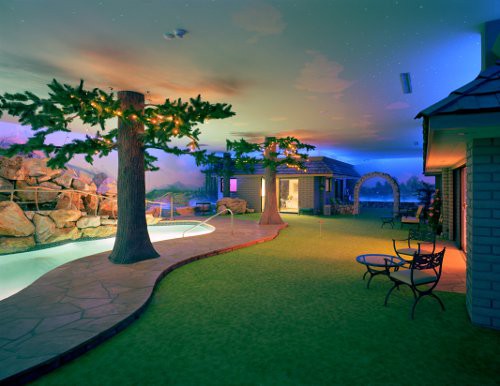Rachel Armstrong, a medical doctor who became an architect, wants to combine her twin passions, believing buildings can be created not only from plastics recovered from our waterways but also biological materials. From Christopher Hume of the Toronto Star:
She also imagines using living organisms such as bacteria, algae and jellyfish as building materials. If that sounds far-fetched, consider the BIQ (Bio Intelligent Quotient) Building in Hamburg. Its windows are filled with water in which live algae that’s fed nutrients. When the sun comes out, the micro-organisms reproduce, raising the temperature of the water. BIQ residents say they love their new digs. It helps that they have no heating bills.
Armstrong then described how objects can be made of plastic dredged from the oceans. It could, she suggested, be a new source of material as well as a way to clean degraded waterways. Her basic desire is to make machinery more biological and unravel the machinery behind the biological. That means figuring out how bacteria talks to bacteria, how algae “communicate.” This isn’t new, of course, but this fusion draws closer all the time.
As that happens, she argues, “consumers can become producers.” In the meantime, the search for “evidence-based truth-seeking systems” continues.
Armstrong, who began her professional life as a doctor, credits her interest in architecture to the time she spent at a leper colony in India in the early ’90s. “What I saw was a different way of life,” she recalls. “I realized we need a more integrated way of being and living so we are at one with our surroundings.”•
Tags: Christopher Hume, Rachel Armstrong

